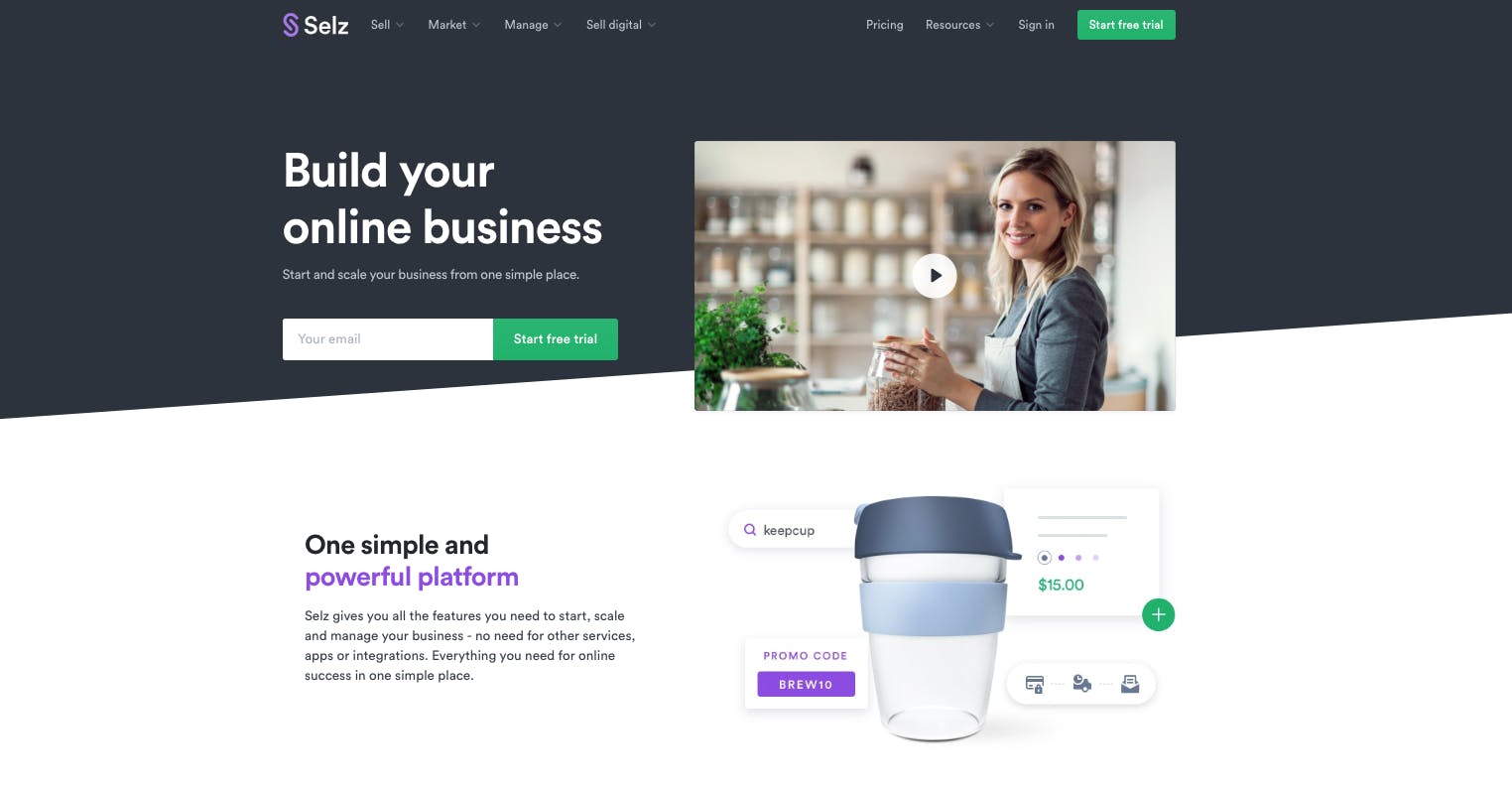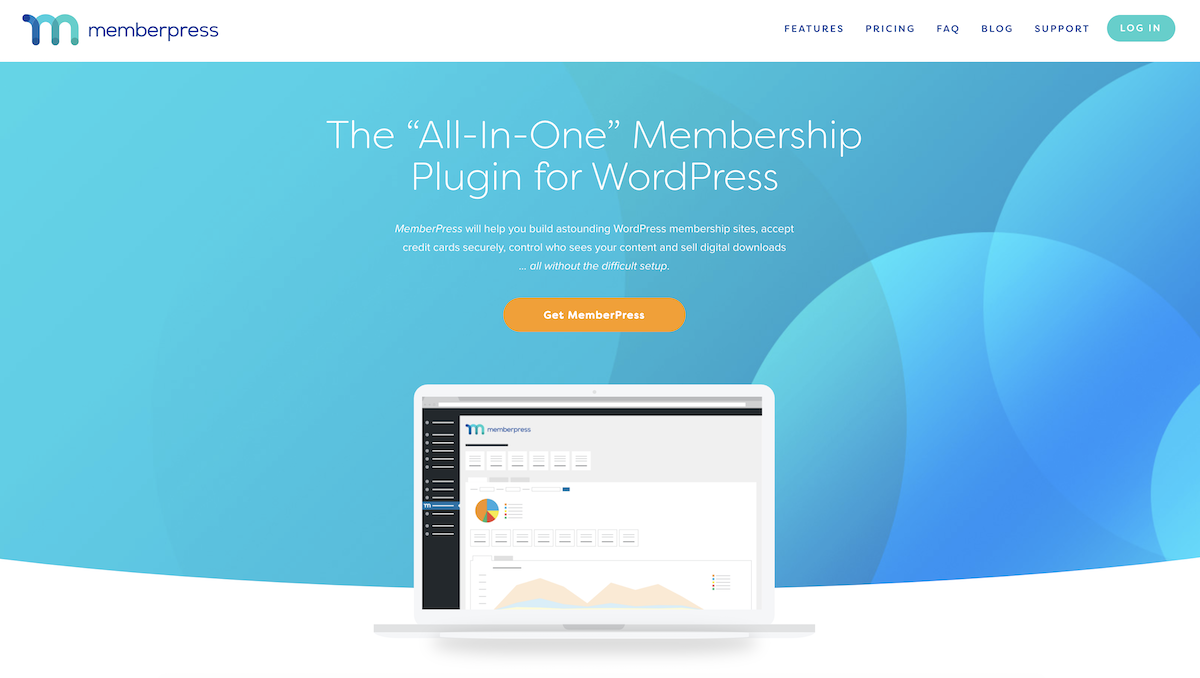How can you make sure you are marketing your business most effectively? Well, one way is to keep your strategy current and line with the latest trends. You can’t be the last one to advertise on Facebook or Instagram. You always have to be on edge to remain relevant, efficient and effective. And, in today’s world, you can achieve all these goals through your content marketing strategy.
We keep hearing that content is king. Marketers emphasise the importance of creating great content to drive traffic. But how true is this statement? Does a good SEO content strategy help you to rank higher in Google? We can’t answer this question with a simple yes or no, but with Google placing so much importance on content, marketers need to watch for content marketing trends in 2021.
How will content marketing shape in 2021? Let’s find out!
Content marketing has been and will continue to be a critical part of the organisation’s marketing strategy. Content marketing is a $400 billion industry, which shows the confidence and investment firms place in it. 2021 will bring a whole lot of changes to a firm’s content marketing strategy, including blogs, videos, infographics, newsletters, podcasts, and more. With 2021 just around the corner, it’s important to review what worked in content marketing in the past and what changes you need to make going forward.
Firms must analyse the surprises and what’s in store for them in the next few months. Keeping up with current trends will help the business determine the right content marketing style. In the midst of planning a content marketing strategy, here are some trends you must watch out for in 2021.
Voice search will shape your content strategy: In 2021, customers will use it to find answers to their questions. Voice search gives you the freedom to avoid the exhaustion of typing your query into Google. Although voice search has been around for a long time, from ordering groceries to checking the weather, people are now using voice search for almost everything. At present, Siri, Alexa, and Google Assistant are part of our everyday routine. The search terms marketers split into a virtual assistant are more nuanced than those we use in Google searches. The content marketers produce must incorporate long-tail keywords and entire phrases. Search for long-form of questions customers might ask and include exact phrases of queries in the article’s title.
Social media is still the king: By sharing your content, you can reach people who are interested in your products. Social media platforms allow you to communicate with your relevant audience at zero cost. On social media, you can also share content created by others and reach new, relevant audiences. Platforms like Facebook help you interact directly with your customers, and by sharing behind-the-scenes details, you can build a strong brand-customer relationship.
Podcasts have become a must: In 2021, they became the most essential and fascinating content marketing strategy. Customers can listen to podcasts while performing any task at any time of the day. People listen to podcasts at the gym, while cooking, doing housework, or on their commute. Podcasts are informative, entertaining, and provide relevant content for people on the go. From the marketer’s point of view, podcasts help attract the right people while establishing brands as experts in their industry. Through podcasts, brands can discuss news and trends in a specific niche relevant to their target audience.
User-generated content will dominate content marketing: it’s the new trend and will remain for a long time. The advantages of user-generated content are numerous. It gives businesses the freedom to create their own content and allows them to showcase products and services more authentically. UGC rewards brand fans by featuring them on the company’s channels.
More live streams: Live streaming is a trend to watch in 2021. On Facebook, one in five videos is now a live broadcast. This means the live stream is a service that customers should definitely engage with. A successful leave stream can increase brand awareness and boost traffic to your website. One easy way to use live streaming is to use social media platforms with integrated live streaming, such as Facebook and Instagram Live. You can use Q&A, behind-the-scenes content, an interview with an expert or influencer, breaking news, webinars, or even a product demonstration.
Dynamic content: Dynamic or adaptive content changes to suit customers’ behaviour, preferences and buying habits, etc. In a dynamic email, pictures and text will vary based on customer segmentation. Dynamic content creates a personalised experience for customers. Dynamic content offers customers what they are looking for and also offers direct recommendations. Marketers must deliver content that aligns with users’ desires and moves them closer to purchase.
Featured snippets: The coveted featured snippet will make a mark in 2021. They are the boxes of information you see at the top of the page when customers search. A featured snippet includes:
A how-to list
Summary paragraph
Information table
It saves the user time, and the Google link will link it to your full page. Landing a featured snippet is quite the accolade and drives a good amount of traffic.
Use a visual approach: The content experience is essential, and to achieve a good experience, a visual approach is necessary. You have to make sure content is not only relevant but visually appealing as well. Many user-friendly editing programs enable you to amplify any kind of data, making it more attractive and easier to understand.
Mix marketing channels and break boundaries: One trend in 2020 that you will see in 2021 as well, is taking screenshots of tweets from Twitter on Instagram feed. This content is highly shareable and can be used for humorous purposes as well. Brands can also take advantage of reel feature to post content that they could only upload on TikTok.
These are the upcoming content marketing trends that will dominate 2021. If you need help in creating great visual content, follow these trends and get ready to establish a long-term relationship with your customers.


![WooCommerce Tutorial: How to Build an eShop in 60 Minutes [2020]](https://moosend.com/wp-content/uploads/2019/07/woo-commerce-eshop.png)













